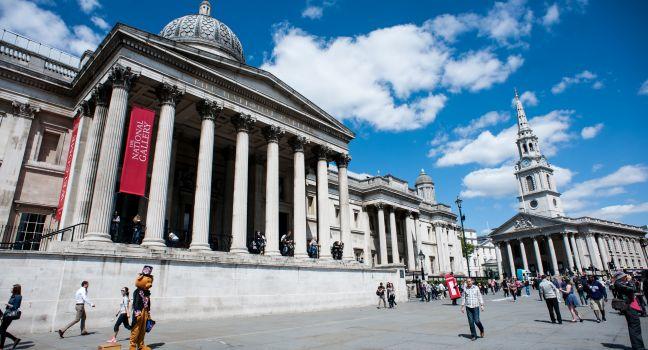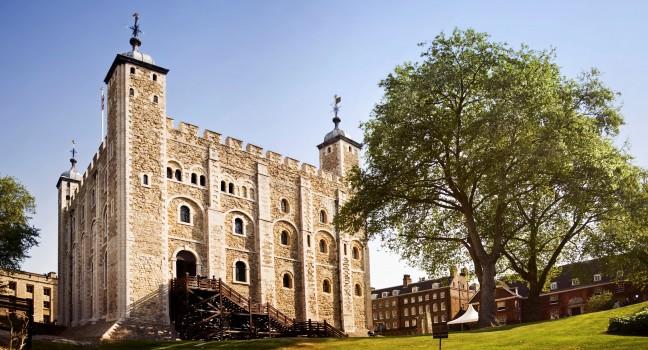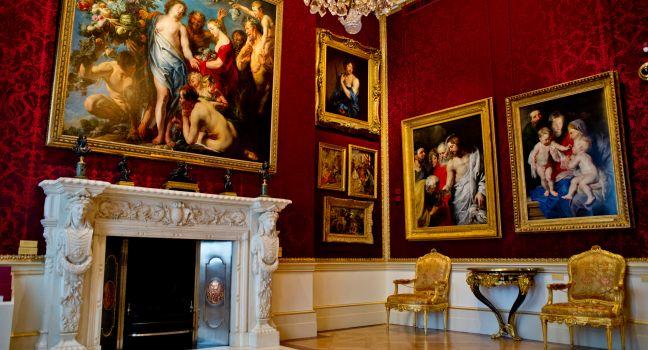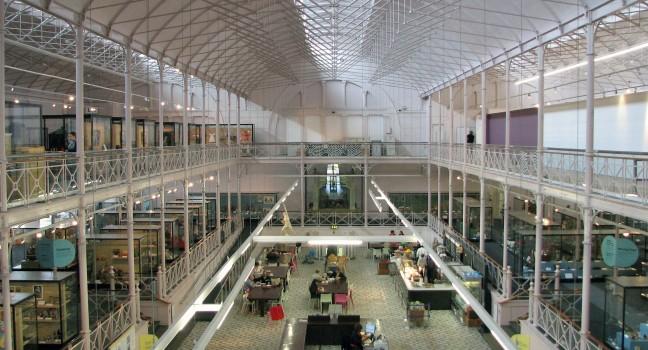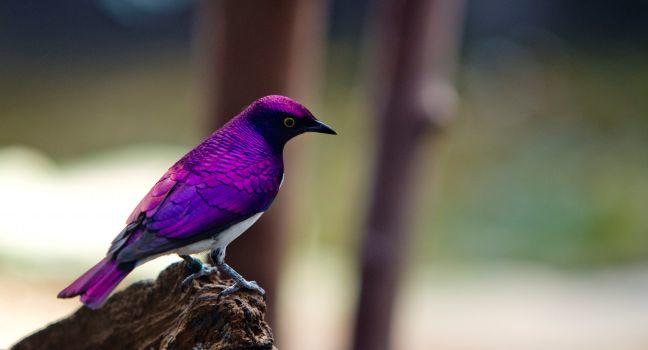Tate Britain
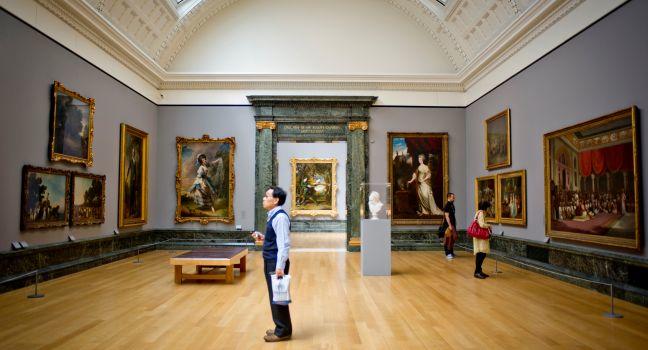
First opened in 1897, and funded by the sugar magnate Sir Henry Tate, this stately neoclassical institution may not be as ambitious as its Bankside sibling, Tate Modern, but its bright galleries lure only a fraction of the Modern's overwhelming crowds and are a great place to explore British art from 1500 to the present. The museum includes a couple of galleries staging temporary exhibitions, and a permanent collection on the upper floors. And what a collection it is—with classic works by John Constable, Thomas Gainsborough, Francis Bacon, and an outstanding display from J. M. W. Turner in the Clore Gallery. Sumptuous Pre-Raphaelite pieces are a major draw, while more recent art historical periods are represented with works by artists such as Rachel Whiteread, L. S. Lowry, Vanessa Bell, Duncan Grant, Barbara Hepworth, and David Hockney. Tate Britain also sometimes hosts the Turner Prize exhibition, with its accompanying furor over the state of contemporary art. When taking place in London, as opposed to other cities around the U.K., you'll find it here from about October to January.
The café is a good spot for a reviving cup of tea and a cake. Look out for semiregular Late at Tate Friday evening events, when the gallery is open late for talks or performances; check the website for details.
Craving more art? Head down the river on the Tate Boat ( £9.10 one-way) to Tate Modern; it runs between the two museums every 20 to 40 minutes.
